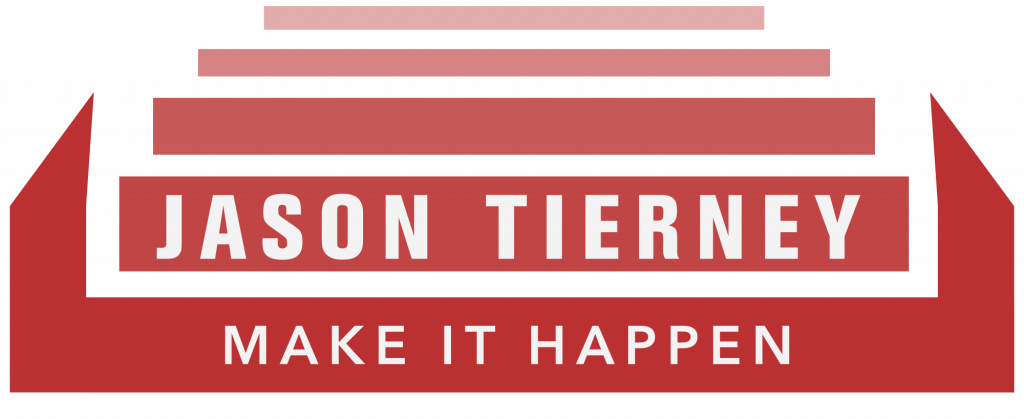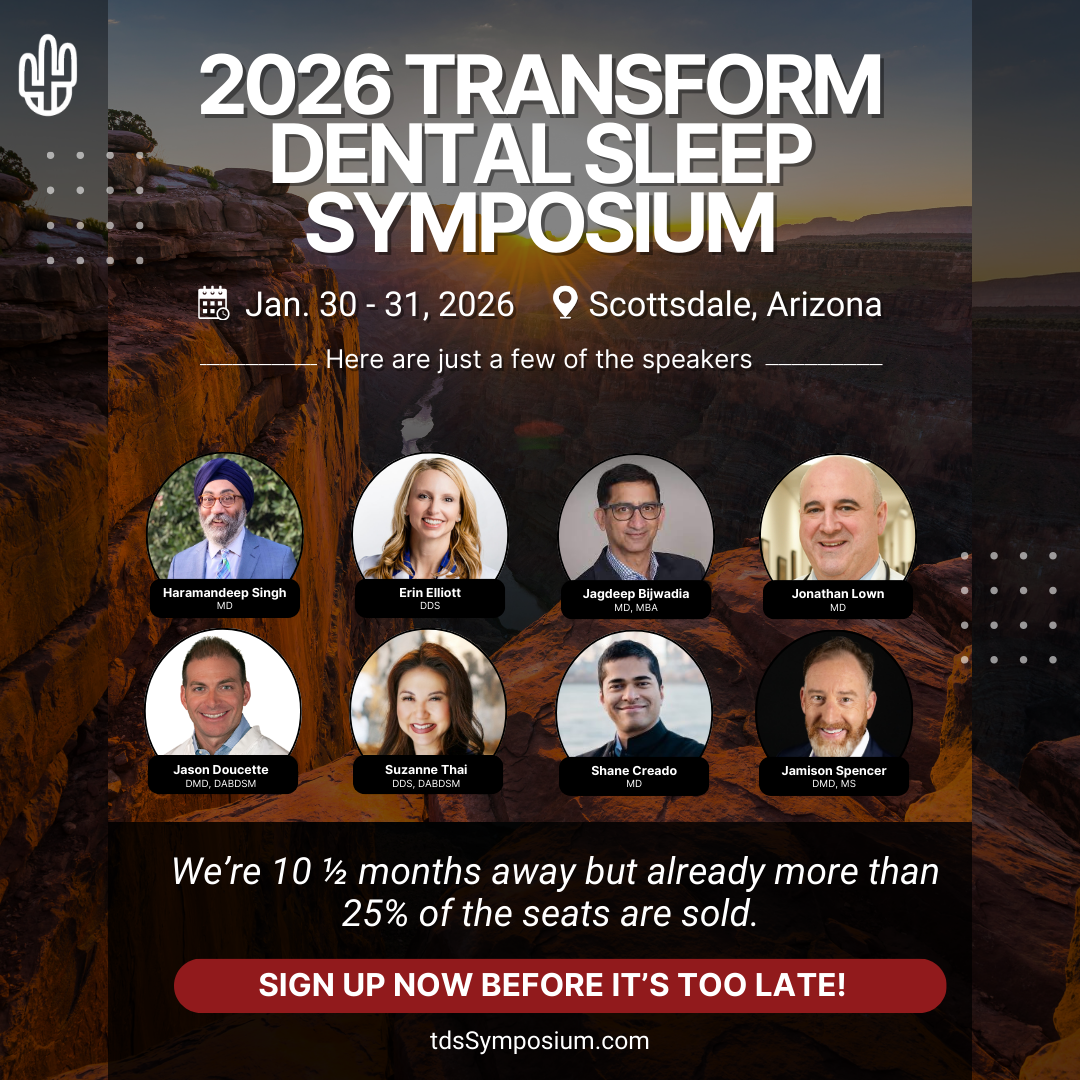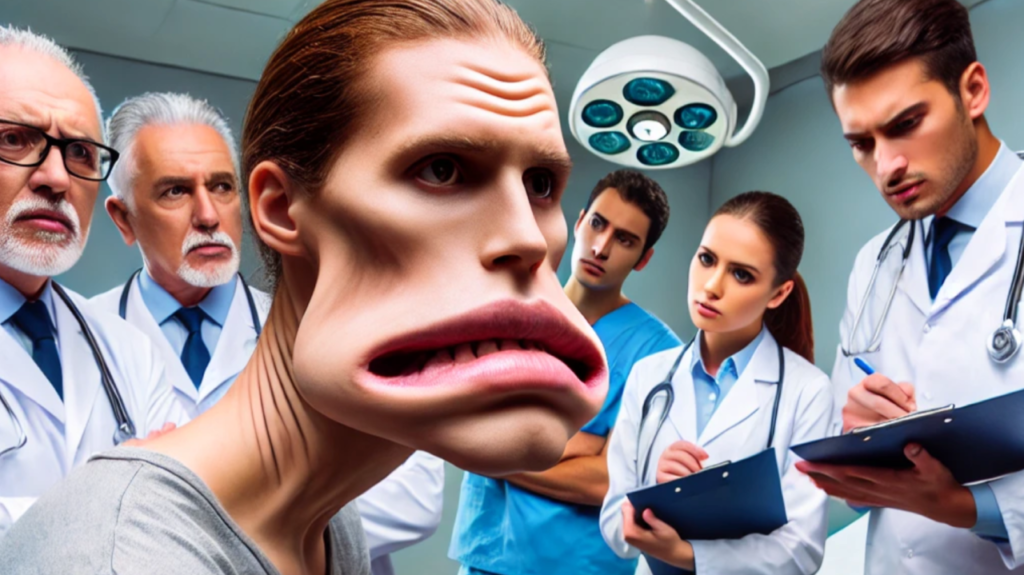
The field of dental sleep medicine is under a multi-front assault. Never in the history of history has there been a greater need for a unified dental sleep medicine field, but its current state can be simply referred to as a shit show.
There is a lack of effective guidance and leadership from professional organizations. Industry advocacy has been relegated to individual practitioners and a few commercial interests. These same companies behave like crabs in a barrel pulling each other down in the constant quest for market share in a stagnant market. Direct-to-consumer businesses provide an increasing number of patients with sub-optimal treatment executing on their plans of maximizing profits and exiting before the landslide of lawsuits begins. And the number of non-dentist clinicians providing dental sleep medicine therapy grows despite published standards of care which have been rendered toothless.
What to do about it?
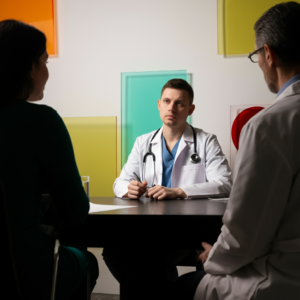 Simply continuing to pay your AADSM annual dues and resorting to social media discussions about your dissatisfaction with the field’s direction isn’t forging the change you want to see. Griping to your billing company about the payors’ unfavorable practices isn’t helping you realize reimbursement that rewards you for the life-saving care you provide. Oral appliance companies denigrating each other to dentist clients certainly isn’t helping more dentists help more patients.
Simply continuing to pay your AADSM annual dues and resorting to social media discussions about your dissatisfaction with the field’s direction isn’t forging the change you want to see. Griping to your billing company about the payors’ unfavorable practices isn’t helping you realize reimbursement that rewards you for the life-saving care you provide. Oral appliance companies denigrating each other to dentist clients certainly isn’t helping more dentists help more patients.
If we’re honest with ourselves, this is what’s passed to date. It ensures that the field stays small so the gatekeepers can flourish—until they can’t.
Maybe you feel this is too strongly worded. Perhaps you’re thinking, “Geez, you’re acting like a real Danny Downer.” If so, I urge you to ask yourself these questions and answer them honestly:
- Are you doing cartwheels over the average reimbursement you see per patient treated?
- Are your insurance reimbursements trending in a favorable direction?
- Do you see more physicians and patients reaching out to you about dental sleep medicine options because of the advocacy of professional organizations?
- Would you rather see your OAT and HST providers supporting you with fancy dinners or through improved products and services?
- Do you think it’s a good idea that more companies use business models similar to Smile Direct Club (direct to consumer impression kits and singular appliance designs manufactured offshore without meaningful dentist oversight) but for oral appliance therapy?
- How excited you are about in-network ENTs and sleep physicians providing dental sleep therapy in your community, especially if the patients only come to you after experiencing side-effects? Ever heard of standard of care?
- Are you jazzed about the work professional organizations are doing to develop, protect, and support favorable regulatory and insurance landscapes for your practice?
- Do you feel shifts in the dental sleep medicine field have made it easier and more profitable for you and your practice to provide necessary care to your patients?
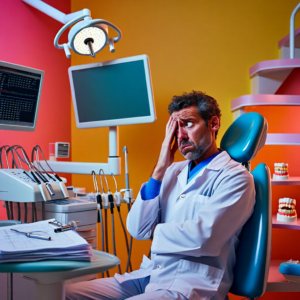 What were your answers? Are you ecstatic about the status quo? What needs to change? Anything? Nothing? Everything?
What were your answers? Are you ecstatic about the status quo? What needs to change? Anything? Nothing? Everything?
If there is a need for transformation, who is going to do it? And what does the future of dental sleep medicine look like— for the entire field on a macro level and in your practice on a micro level?
I’m reminded of the African proverb, “If you want to go fast, go alone. If you want to go far, go together.” I’m a realist, and I encourage you to be one, too. The various dental sleep appliance companies, home sleep testing firms, and training/coaching organizations aren’t going to share trade secrets and sing Kumbaya around the coffee bar at the next AADSM meeting. Nor do they need to. However, allocating resources toward consensual, mutually beneficial initiatives such as lobbying government agencies and insurance firms; public relations campaigns to increase consumer and physician awareness about dental sleep medicine treatments; and advocacy to ensure that regulatory bodies are aligned with best practices to guarantee optimal patient management by experienced, properly trained dental sleep medicine providers.
With that said, commercial entities should not have to bear the burden alone. Dental sleep practitioners should contribute their resources—human, financial, and otherwise—to fuel these crucial initiatives. You might think you’re doing this already with your AADSM annual dues. That’s a sensible notion, but do you see the AADSM acting toward the previously enumerated goals and initiatives? What about the ADA? It was nearly six years ago that they published their policy paper encouraging all dentists to screen patients for SRBD. What has the ADA done since that publication to encourage and empower more dentists to actually take action? For a professional dental organization, it’s shocking how little bite their words have.
SO, NOW WHAT?
In 2019, the AADSM supported letters that were sent to state dental boards discouraging dentists’ use of home sleep testing. Those letters had an impact; granted, it wasn’t the impact DSM practitioners wanted to see. Several state dental boards incorporated language into their state dental practice acts prohibiting dentists from using HSTs. Nonetheless, it serves as proof of concept that when the AADSM is motivated to take concerted action, they can move the proverbial needle.
We don’t want to start a competing organization. We don’t aim to dismantle the AADSM or upend their leadership. We do demand decisive action that serves its constituency. And it’s necessary. Now. There is no time to convene task forces to host meetings about starting more task forces.
We demand that they fulfill the promises made on their homepage: “Dental sleep medicine is an area of dental practice that focuses on the use of oral appliance therapy to treat sleep-disordered breathing, including snoring and obstructive sleep apnea (OSA).” Note the mention of “dental practice” and not home impression kits or ENT practices.
We demand that they fulfill their mission statement: “To advance our members’ success in treating obstructive sleep apnea, snoring and associated conditions with education, professional development, practice management resources, advocacy, and research.” We know you have the money. Now show us the advocacy.
We demand the AADSM fulfill their vision statement: “To provide our members with the resources they need to reduce the number of undiagnosed and untreated people with obstructive sleep apnea, snoring and associated conditions.”
We demand the AADSM advocate for and enforce their own definition of an oral appliance which includes the language: “Effective oral appliance therapy is best achieved when it is provided by Qualified Dentists.” Note that there is no mention of home impression kits or ENTs.
The AADSM should issue direct correspondence to medical organizations emphasizing the irreplaceable role of dentists in the management of oral appliance therapy.
Who is going to build bridges and drive desired changes for the health of your patients, your practice, and the dental sleep medicine profession?
Is it you? Is it the AADSM? Is it us?
If you aren’t part of the solution, you are part of the problem. The time for action is now.
REGISTER TODAY for the meeting hundreds of dental sleep professionals called “The BEST dental sleep event ever!”
Registration is now open for the 2026 Transform Dental Sleep Symposium to be held in Scottsdale, AZ January 30 – 31, 2026. Check out a few of our dynamic speakers presenting innovative information on practical topics designed to help your sleep practice grow.
SIGN UP NOW BEFORE IT SELLS OUT!
Stay informed about Jason’s books, media, & adventures
